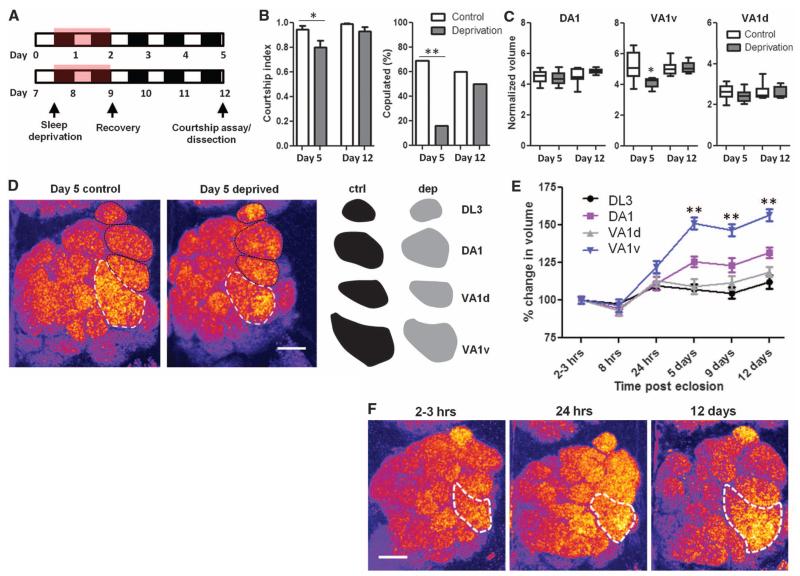Fig. 5. Sleep in young flies is required for courtship behaviors and circuitry development.
(A) Schematic of experimental approach. (B) Quantification of courtship index and copulation frequency (n = 14, 12, 15, and 12 flies for day-5 control, day-5 deprivation, day-12 control, and day-12 deprivation, respectively) in a 10-min assay using CS female virgin targets. (C) Quantification of olfactory glomerular volume normalized to DL3 (n = 11, 10, 10, and 9 flies for day-5 control, day-5 deprivation, day-12 control, and day-12 deprivation, respectively). (D) Representative images of the AL labeled with anti-nc82, pseudocolored “fire.” White hashed outlines demarcate VA1v; black hashed lines demarcate DL3, DA1, and VA1d (from top to bottom). Right: Solid traces of each glomerulus in black (controls) and gray (deprived). Scale bar, 20 μm. (E) Quantification of the percentage growth of glomeruli (normalized to hour-2 to -3 values) at multiple developmental time points in TH-GAL4>UAS-dTrpA1 males at 21°C (n = 11, 9, 12, 8, 11, and 10 flies for hour-2 to -3, hour-8, day-1, day-5, day-9, and day-12 respectively). (F) Representative images of the AL labeled with anti-nc82, pseudocolored “fire.” White hashed outlines demarcate VA1v. Scale bar, 20 μm. **P < 0.001, *P < 0.05; one-way ANOVA with Tukey’s posthoc test [(B); courtship index, (C)]; Fischer’s exact test [(B), copulation frequency]; and two-way ANOVA with post-hoc Bonferroni multiple comparisons (E).

